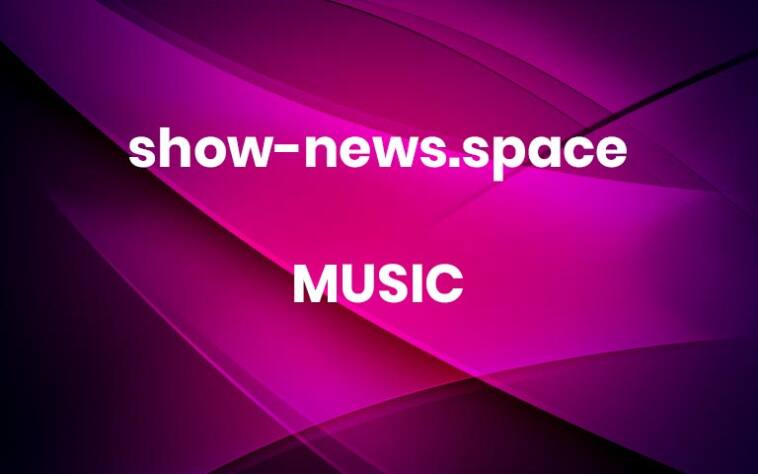Henry Mount Charles, Whose Castle Was a Mecca for Rock, Dies at 74
To preserve his Irish manor, he staged concerts on its grounds, drawing the likes of U2, Bob Dylan, Madonna and the Rolling Stones as well as tens of thousands of fans.In 1976, Henry Mount Charles was 25 and living happily in London when his father summoned him home to Ireland to save the family castle from bankruptcy.Taking over the property, Slane Castle, with its vast expenses and minimal income, Lord Mount Charles first opened a restaurant there, the ancestral home of his aristocratic family. Then he contemplated the possibilities of the front lawn: a natural amphitheater sloping down to the Boyne River.He hit on the idea of open-air rock concerts. The first, in 1981, featured a young Irish band named U2. The next year, the Rolling Stones played for 70,000 ecstatic fans, and Mick Jagger stayed for dinner.Slane Castle in County Meath, north of Dublin.Julien Behal/PA Images, via Getty ImagesSlane Castle went through a decade-long restoration after a devastating fire in 1991.Nomos Productions, via Failte IrelandSlane Castle, some 35 miles north of Dublin, in County Meath, became internationally known as a rock destination. Bruce Springsteen, Guns N’ Roses, Bob Dylan, David Bowie, Queen, Madonna, Foo Fighters, Red Hot Chili Peppers, Bryan Adams, Eminem, 50 Cent, R.E.M. and Oasis all performed there, while V.I.P. concertgoers wandered in an out of the owner’s 18th-century hilltop Georgian pile, resembling Downton Abbey.Lord Mount Charles, an Anglo-Irish peer turned rock ’n’ roll promoter, died on June 18 in a hospital in Dublin at 74. His family said the cause was cancer.We are having trouble retrieving the article content.Please enable JavaScript in your browser settings.Thank you for your patience while we verify access. If you are in Reader mode please exit and log into your Times account, or subscribe for all of The Times.Thank you for your patience while we verify access.Already a subscriber? Log in.Want all of The Times? Subscribe. More




